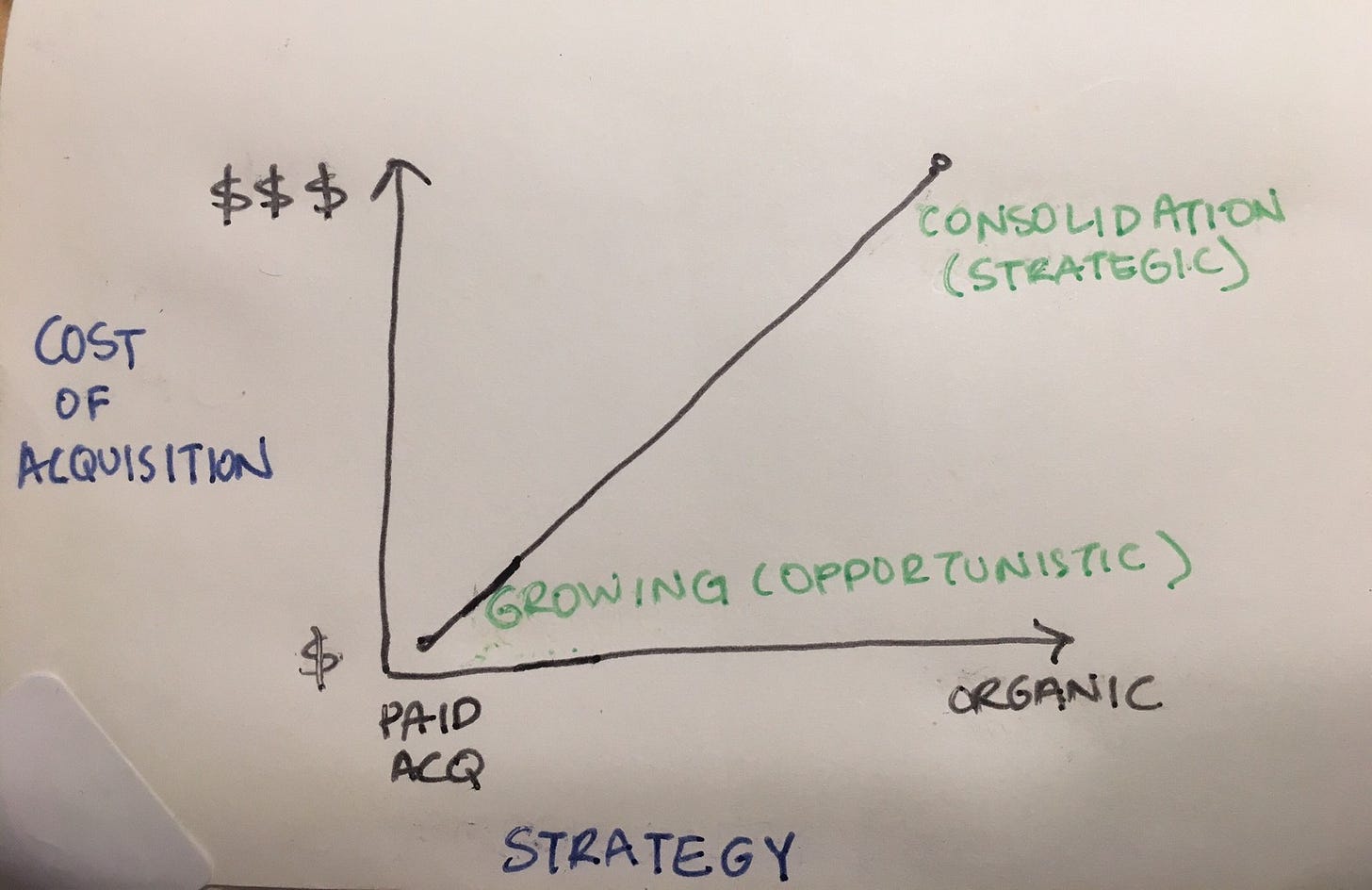The problem with paid acquisition and how to fix it

With the mobile world saturated, great product without thinking about marketing is a way to ensure no one will see your product and your company will not get built.
Acquiring users in the mobile space becomes one of the biggest challenges. Because everyone has a phone, you can’t NOT have a mobile app or some mobile solution to access your mail, social media, etc...
You will fight with everyone else to get on the device.
The noise to signal ratio is high. This forces companies to use paid acquisition as a strategy, but has proven the fastest way to burn cash and in many cases without the highest ROI.
Paid acquisition, especially when the business model monetizes your customers directly, becomes an effective and direct tool to ensure you are working towards an ROI.
While paid acquisition is a necessary evil, what makes it so dangerous — especially when a company solely relies on it? Here are the three largest problems with paid acquisition:
Will these customers be the biggest evangelists?
Most customers that are willing to pay within an app tend to be the most fervent of fans. While fans generally make the best evangelists, the earliest fans may not be.
They may be so ardent that they are so focused on how much the app fulfills their tastes and solutions. Telling others about their experience, may not be their top priority, but rather using the app to solve their issue will be their focus.
Monetary incentives only last so long
Daniel Pink, the author of Drive: The Surprising Truth About What Motivates Us, cited a study to where creatives were incentivized to create something. They found putting monetary rewards as an incentive caused them to take longer to find a solution to the problem:
Rewards, by their very nature, narrow our focus, concentrate the mind; that’s why they work in so many cases. So, for tasks like this, a narrow focus, where you just see the goal right there, zoom straight ahead to it, they work really well.
— Daniel Pink, The Puzzle of Motivation, Ted Talk 2009
Solutions that require creativity rely on other pieces of motivation such as mastery and autonomy. Solely incentivizing creative problems or tasks can lead to de-motivation in an odd way. One could argue this what happened to Vessel.
Vessel
Vessel was a video platform company that was created by Jason Kilar, former CEO and founder of Hulu. There should be no question that Kilar knew video content and how to distribute it. He paid YouTube stars gobs of money to come to their platform.
Their business model was then to make money by charging viewers for early access to the videos by the YouTube star. Sounds like a very logical and good plan — especially if you have gobs of money.
Unfortunately, frequently paying for content may be like paying for friends — when they money dries out, you find out if you have real content. This ultimately led to the selling of Vessel.
Arbitrage is ecosystem and platform dependent
Paid user acquisition is reliant on arbitrage opportunity and arbitrage for acquiring users is usually dependent on the ecosystem and platform.
Kabam Case Study
At Kabam we built our core competency around paid acquisition. This works well when platforms are emerging and growing. The users are cheap and you can calculate ROI easily.
This allowed us to achieve a competitive advantage within the platform markets — on both Facebook as well as mobile. In fact, our decreased reliance on virality helped accelerate our competencies in paid acquisition. We knew how to make it as efficient as possible without leaning into virality.
In many ways, this caused us to be the first Facebook gaming company to expand past Facebook — mainly because we did not depend on virality and its tactics of the platform.
As the platforms began to change and mature, very quickly being great at paid user acquisition was not enough. CPIs became too exorbitantly expensive.
To lower our user acquisition, we had started moving towards traditional methods of marketing such as PR or existing brands for leverage. It went full circle, and eventually, as with almost all mature platforms paid acquisition does not amount to much clear ROI and more influential measures (PR, WOM) becomes more and more impactful but hard to measure.

Marketing Costs & Marketing Strategy

